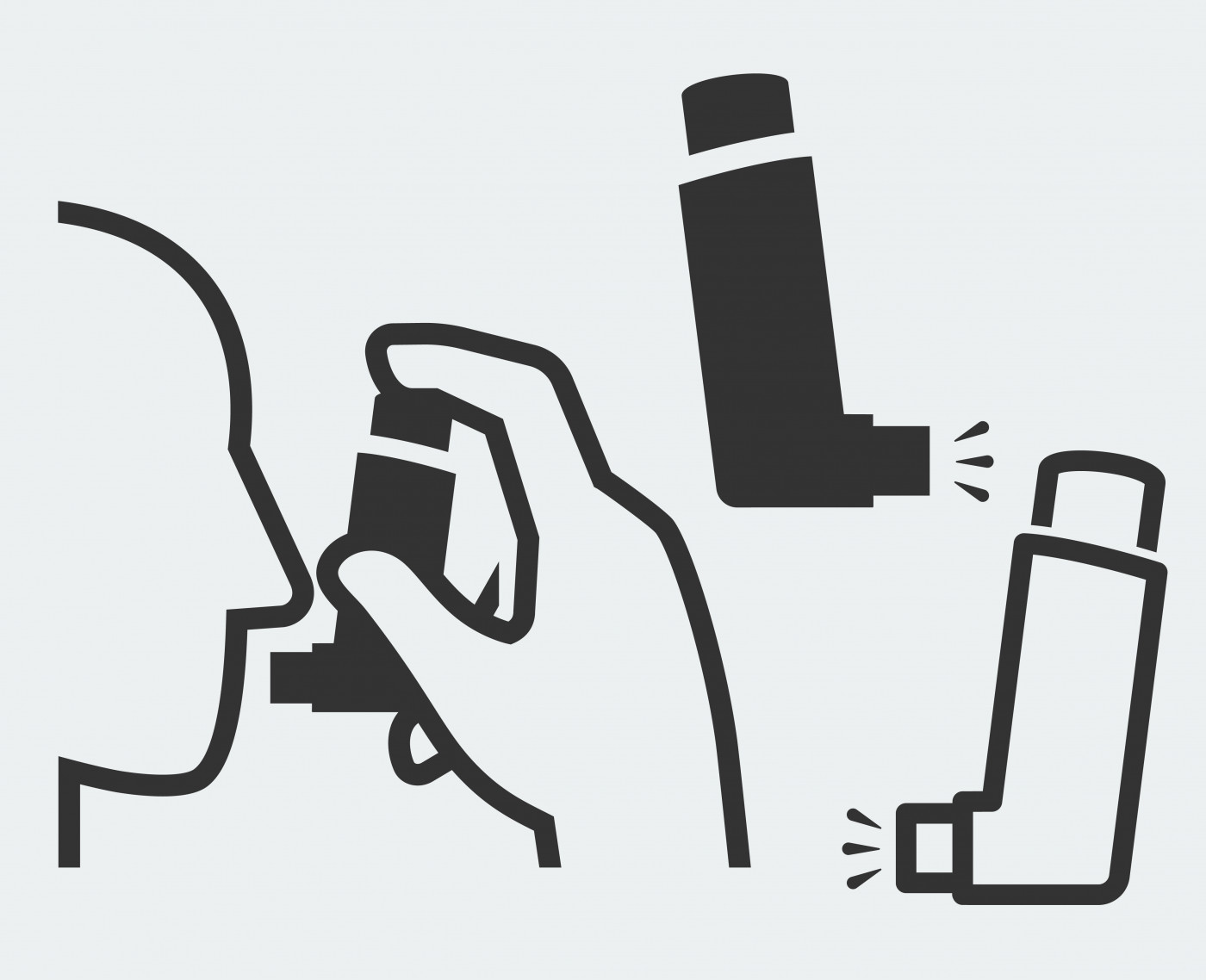Electronic Monitoring of Inhaler Use Reduces Hospitalizations, Study Suggests
Written by |

New research suggests that monitoring inhaler usage electronically can reduce the number of hospital stays needed by people with chronic obstructive pulmonary disease (COPD).
The study, titled “Electronic inhaler monitoring and healthcare utilization in chronic obstructive pulmonary disease,” was published in the Journal of Telemedicine and Telecare.
People with COPD are often prescribed inhalers, but — like with any medication — it is virtually impossible for a physician to know if patients takes their medication as regularly or as often as prescribed.
“We prescribe inhaled medications for patients with COPD all the time,” Umur Hatipoğlu, MD, a pulmonologist at Cleveland Clinic and co-author of the study, said in a press release.
“It’s really the cornerstone of their therapy, and when they return to the clinic we do ask them whether they’re using their medications, but the reality is we never know how adherent patients are objectively,” Hatipoğlu said.
Researchers hypothesized that if physicians could know, with certainty, how often patients takes their meds, it might reduce the need for more intensive healthcare, like hospitalizations or emergency room visits.
To find out, investigators recruited 39 people with COPD who had been hospitalized at least once in the year preceding the study. Participants were given an electronic monitoring device, provided by the company Propeller Health, which connected to their inhalers.
The monitoring devices then sent information — primarily usage data — to the patients’ phones. This allowed participants to receive alerts when they were using their inhalers less often than advisable — and, therefore, when they were at a higher risk of worsening symptoms. Alerts also were sent to the doctors managing the patient, allowing them to keep informed of medication use in real time.
Electronic monitoring was done for 280.5 days on average — a little more than nine months.
In the year before the study, participants averaged 3.4 hospital visits per year. Following electronic monitoring, this rate decreased to 2.2 visits per year, a statistically significant decrease.
There also was a trend toward patients using fewer healthcare resources after the implementation of electronic monitoring. However, this trend did not quite reach statistical significance, meaning the researchers could not rule out the possibility that this change was just due to chance.
Still, according to the team, the results suggest that electronic monitoring of inhaler usage might decrease the need for hospitalization in people with COPD.
Electronic monitoring “in conjunction with a disease management program may play a role in reducing healthcare utilization in COPD patients with a history of high healthcare utilization,” the researchers concluded.
“Electronic inhaler monitoring allows us to assess inhaler adherence at the point of care,” Hatipoğlu concluded.



